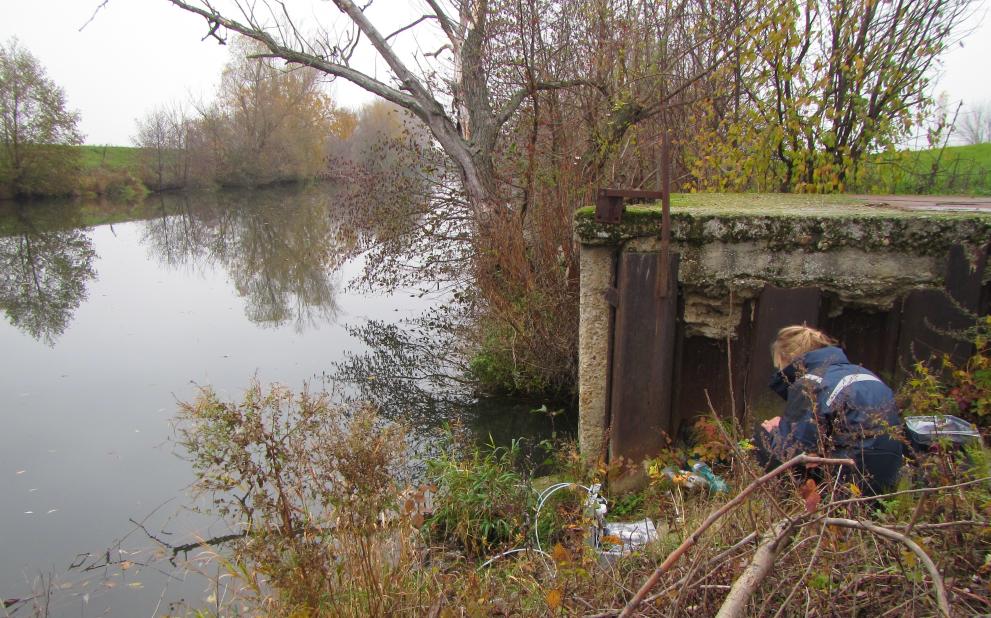
JRC scientists have started investigating how chemical substances migrate from cattle manure to water. The research aims at minimising contamination risks in the context of circular economy.
JRC scientists have developed and tested a new methodology to investigate the fate of chemical substances, in particular pharmaceuticals as well as other anti-microbial agents, administered to cattle.
The methodology stems from an exploratory research project which addressed the so-called "Circularity of Risks" linked to the reuse of materials and recycling in the circular economy.
"We of course support the principle of the circular economy and the idea of reusing materials. But we want to be sure that when materials are reused, this has no negative consequences on human health or the environment. Our research looks at one way of ensuring this", explains JRC scientist Bernd Gawlik.
The object of the study was cattle manure, which is often used as fertiliser in its natural state, without undergoing additional treatment or processing.
Scientists wanted to understand to what extent chemicals such as pharmaceuticals administered to cattle can migrate into our water resources through their manure.
"We treat our wastewater, but manure from animals which is used as such in agriculture, is often not treated at all. To date there is not much knowledge about the risk that chemicals such as pharmaceuticals in the manure could pose to our water resources. We also do not understand the role some of them could play in the development of antimicrobial resistance in the environment", said Bernd.
The researchers analysed samples of manure and soil, as well as samples of groundwater and surface water, for a total of 488 chemicals, from herbicides, fungicides and insecticides to pharmaceuticals, ingredients of personal care products, and other industrially used chemicals.
20 samples of manure, soil and water were taken at the premises of the University for Agriculture in Nitra (Slovakia).
They were then processed and analysed at the JRC using a new analytical approach called "compound fishing".
The methodology stems from the JRC Exploratory Research Project CHEMPRINT.
It enabled to assess the presence of the 488 chemical compounds, including antibiotics and other chemicals used in veterinary applications and animal husbandry.
The untreated manure samples from animal husbandry contained significant levels of veterinary pharmaceuticals and other chemicals used in animal farming.
In the processed manure samples the levels were much lower, although some remained unaffected.
The analysis of soil as well as surface and ground water revealed the presence of a large number of chemicals.
"This does not mean that drinking water would necessarily be contaminated as it is treated, but the chemicals could certainly have effects on the environment. Therefore need to look into this more carefully and use our knowledge to help design solutions. They could include improved animal husbandry methods, to reduce the problem at source. But modern technology could also provide opportunities for more targeted recovery of resources from manure ", explains Bernd.
The study was conducted in collaboration with the Slovak University of Agriculture in Nitra. The JRC is now conducting a broader EU-wide assessment of processed manure using the new methodology.
Related Content
JRC report: Residues of antimicrobial agents and related compounds of emerging concern in manure, water and soil
Details
- Publication date
- 18 December 2018
